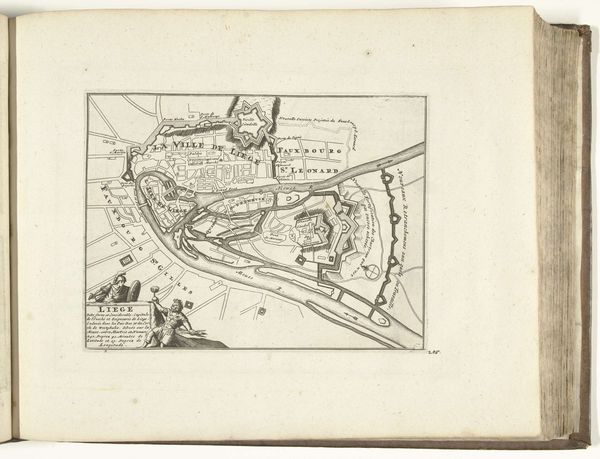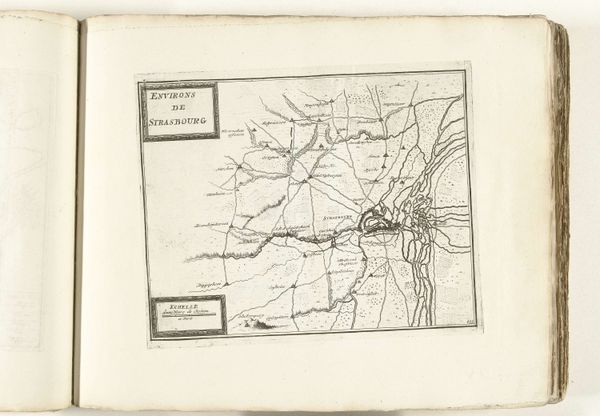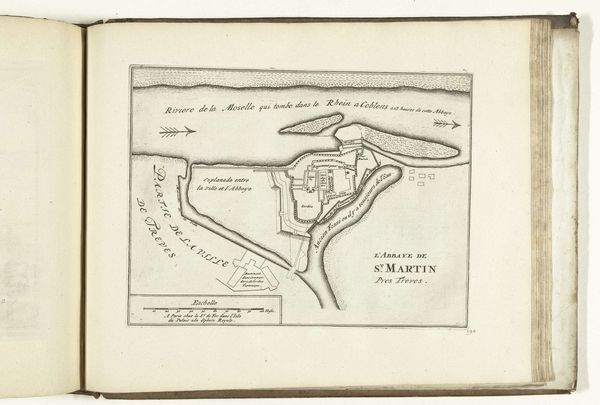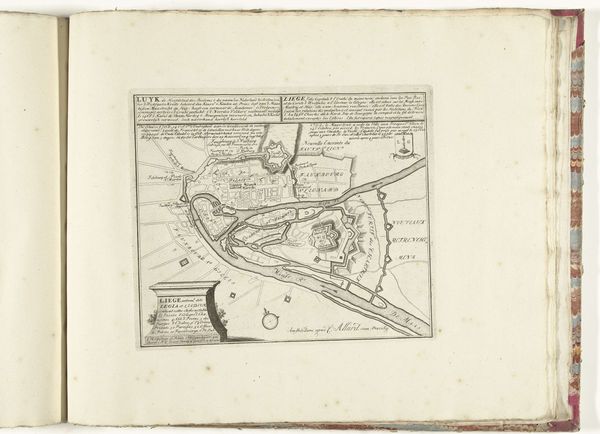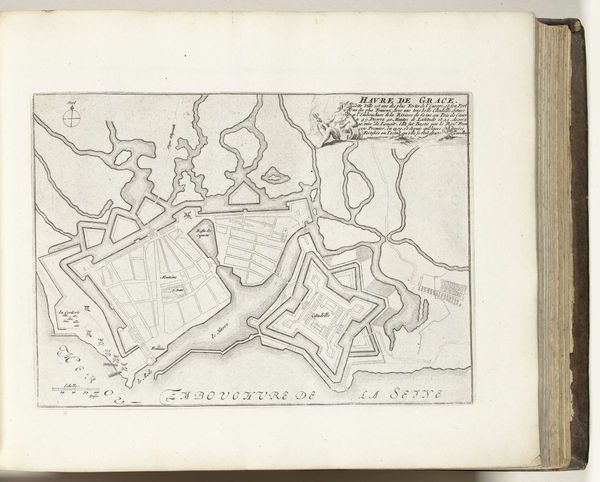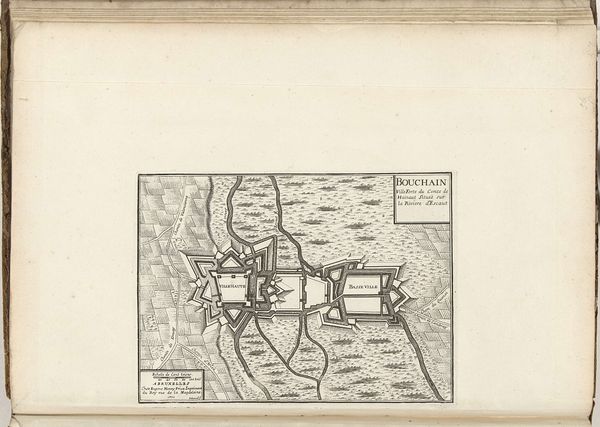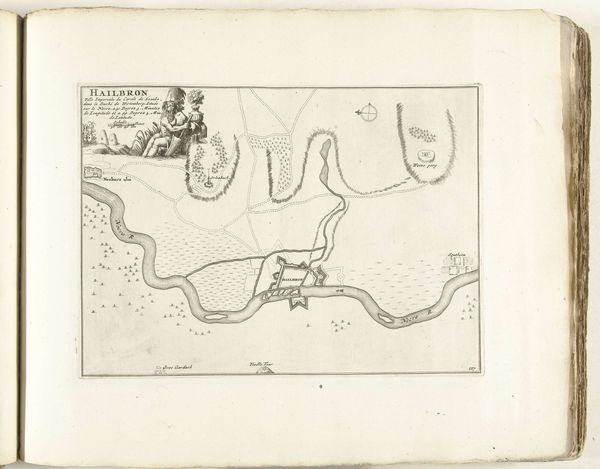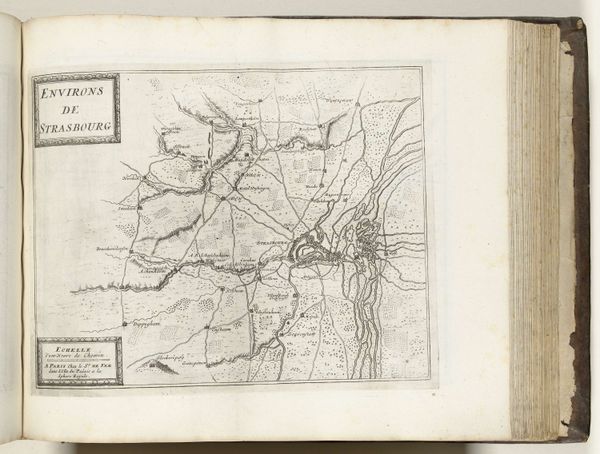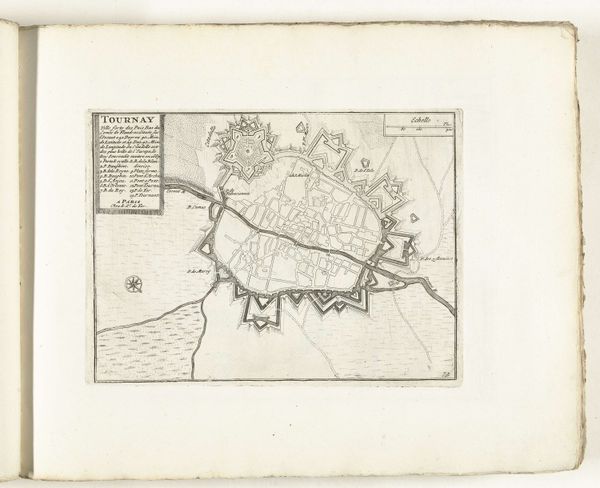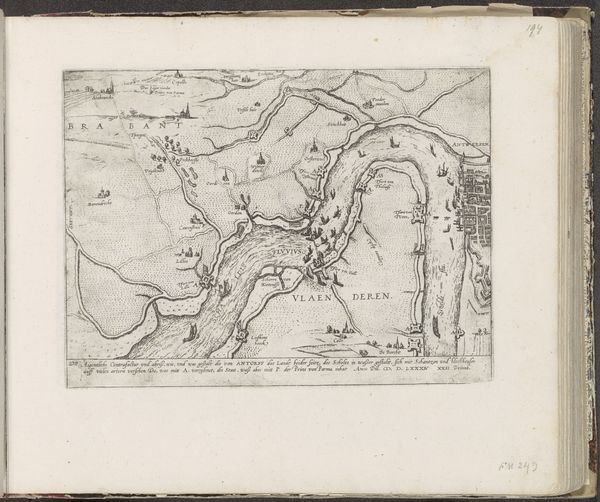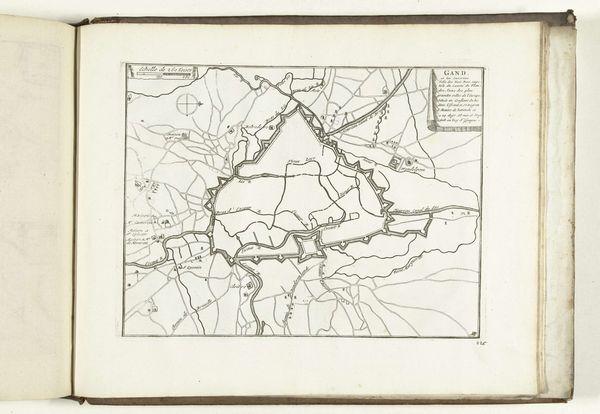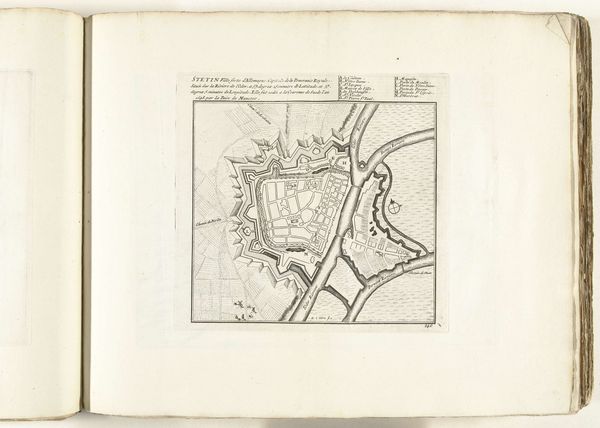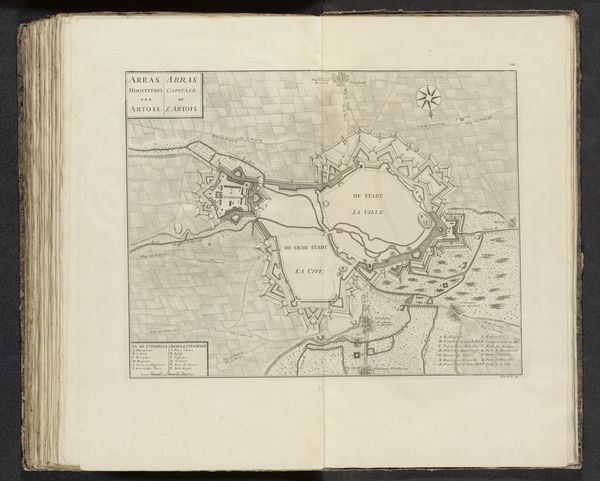
Plattegrond van de waterhuishouding in het gebied tussen Fort Mardijk en Duinkerke, 1714 1714
0:00
0:00
drawing, paper, ink
#
drawing
#
aged paper
#
toned paper
#
baroque
#
sketch book
#
hand drawn type
#
paper
#
personal sketchbook
#
ink
#
sketchwork
#
geometric
#
line
#
pen work
#
sketchbook drawing
#
cityscape
#
storyboard and sketchbook work
#
sketchbook art
Dimensions: height 369 mm, width 500 mm
Copyright: Rijks Museum: Open Domain
Curator: The precision of line here, even considering it’s ink on paper, is really quite stunning. This is Joan Lobbrechts' "Plattegrond van de waterhuishouding in het gebied tussen Fort Mardijk en Duinkerke", created in 1714. Editor: My first impression is a feeling of intense detail, it speaks of colonial expansion and border disputes, no? Look how this hydrographic information might affect, say, land ownership, military operations, sanitation… Curator: Precisely. It's not just geography; it's about power and control of resources, especially concerning water management around Dunkirk, which was a contested zone. See how the infrastructure is carefully delineated; each canal, lock, and waterway implies an enormous labor investment, often coerced. Editor: It's tempting to view this as just an old map, but if we zoom out and look at Europe in 1714, who was in charge where? What kind of impact did this mapping and the power structures implicit have on race, class, or gender? Whose lives are improved or made more difficult as a result? This cartography represents not just geographical knowledge but social hierarchies and their material effects. Curator: And don't overlook the physical creation of this map. The types of inks used, the source and processing of the paper itself… This wasn't a mass-produced object. It was individually drawn, most likely commissioned by someone with very specific needs. It provides a unique window into the specific materials and knowledge circulated at the time. Editor: Absolutely. We have to remember the situated nature of the author. How did Lobbrechts come to make it? What were their intentions? To whom were they accountable? It's through this lens we can view the image beyond mere depiction and look to a product of specific cultural needs that actively contributes to and reinforces systems of domination. Curator: Exactly, considering it less as just a neutral record and more of a carefully produced artifact… I see new dimensions and connections. Editor: Likewise; reflecting on the convergence of its social impact and modes of making really adds depth to our reading.
Comments
No comments
Be the first to comment and join the conversation on the ultimate creative platform.
